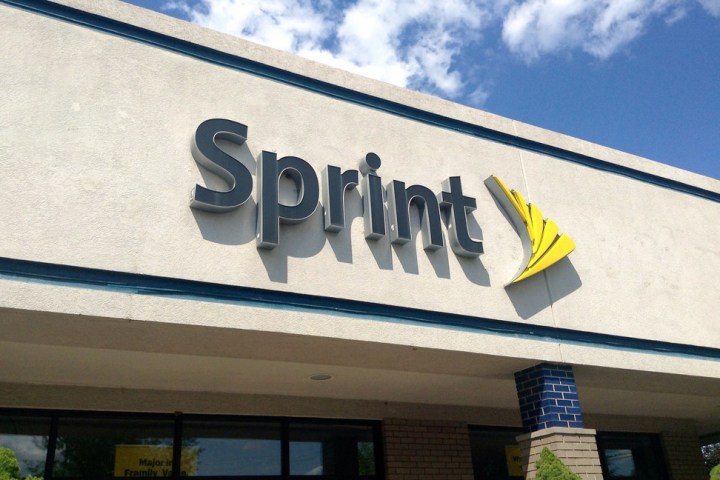
The advantages to the change? Well, there really aren’t that many — apart from the fact that customers can now get billed for both Sprint and Napster at the same time, the partnership isn’t that big of a deal. Of course, it would be a much bigger deal if Sprint customers got automatic access to Napster or something like that.
For example, Sprint and Napster are touting the fact that Sprint subscribers will get one month free access to Napster, however it’s important to note that literally anyone who signs up to Napster for the first time gets the same deal. Apart from that, however, customers of Sprint’s prepaid brands, like BoostMobile and Virgin Mobile, will get access to Napster without it using up their data.
The announcement is a bigger deal for Napster than for anyone else — Spotify is one of the largest music streaming services available, and that’s not going to change just because Sprint customers now have more options. For Sprint, the new deal may give it a few new customers, but apart from that, it’s unlikely to be a big deal for the company.
The move also highlights how the different companies attempt to gain new subscribers. Napster in particular seems to rely on strategic partnerships in order to grow. It’s important to note that customers can still pay for Spotify through their Sprint bill too.
Sprint isn’t Napster’s only new partnership. The company also announced partnerships with the likes of Even, which does high-quality audio tests for the Napster iOS app. Airline technology company Lufthansa Systems will also offer music to customers aboard Lufthansa flights.
Updated on 11-03-2016 by Christian de Looper: Clarified that Sprint is adding Napster partnership and not leaving behind Spotify.



